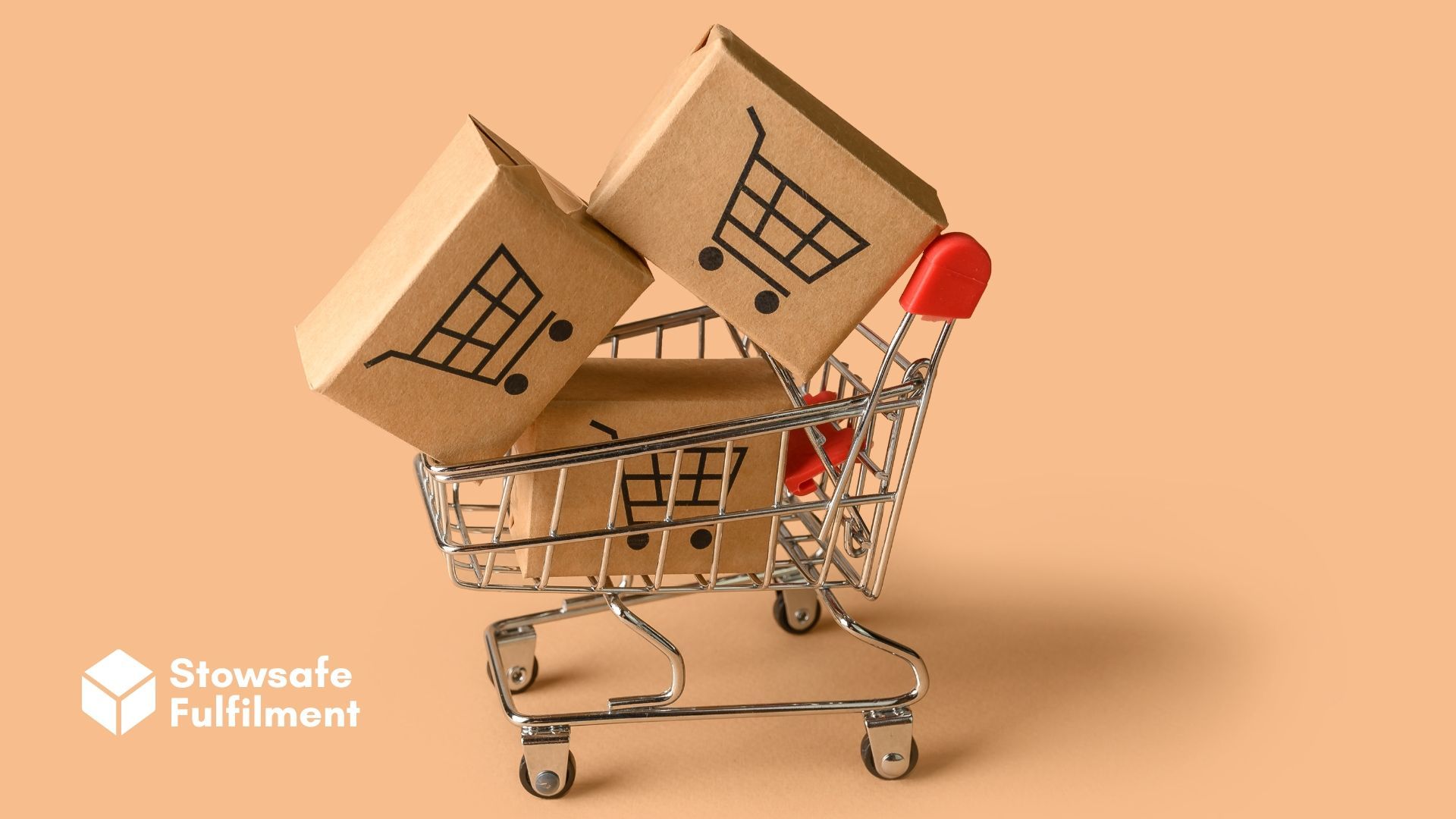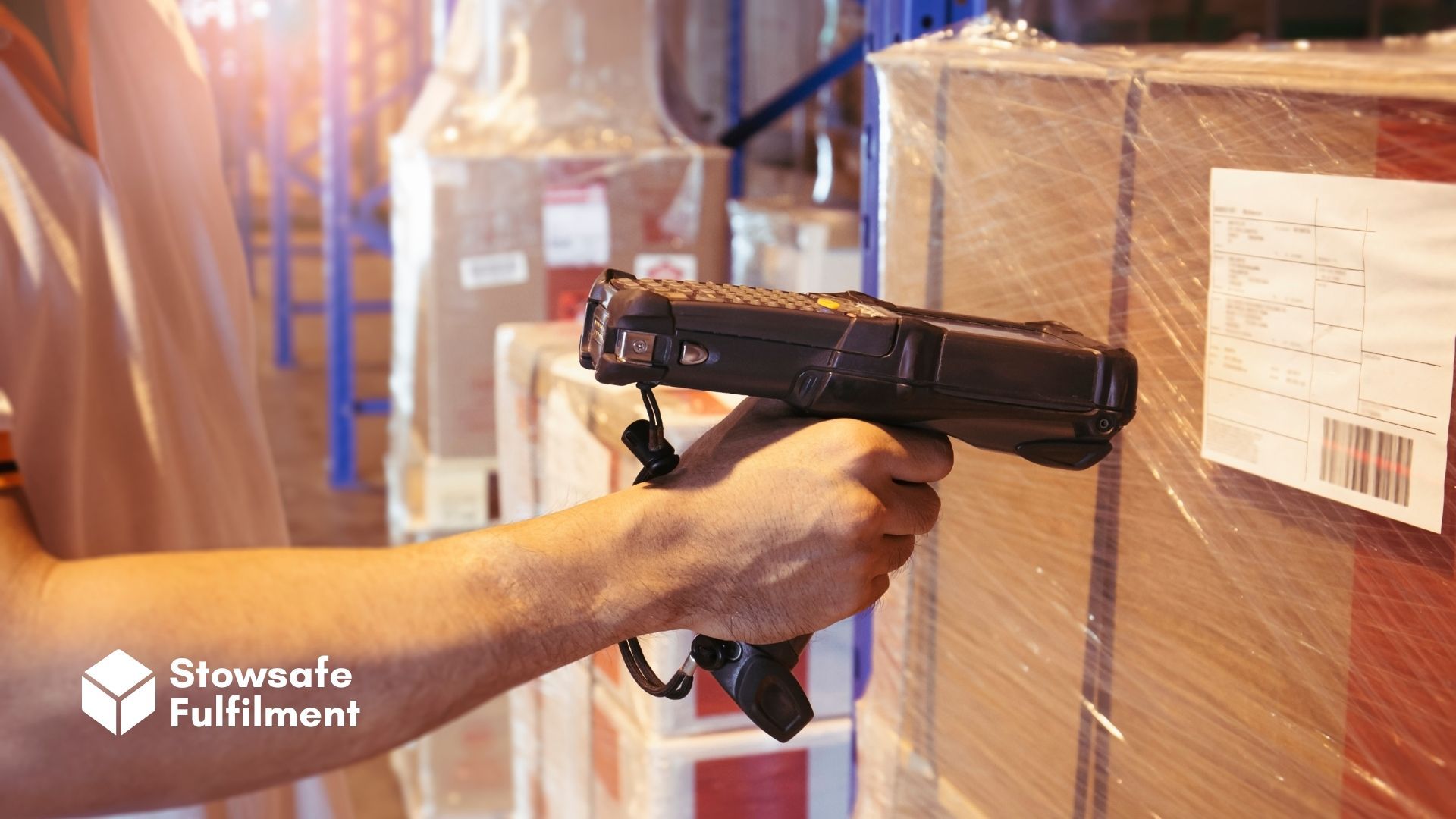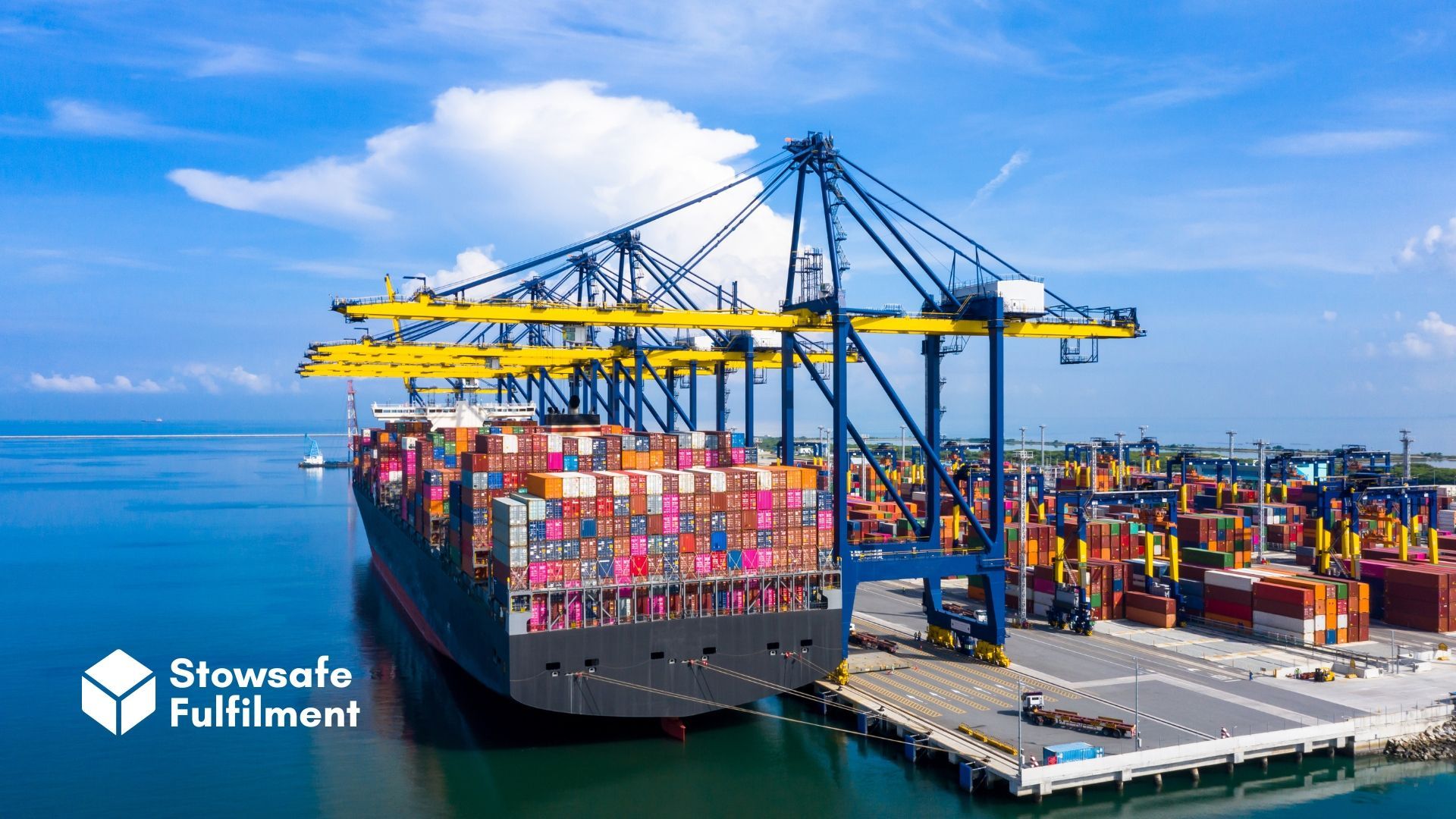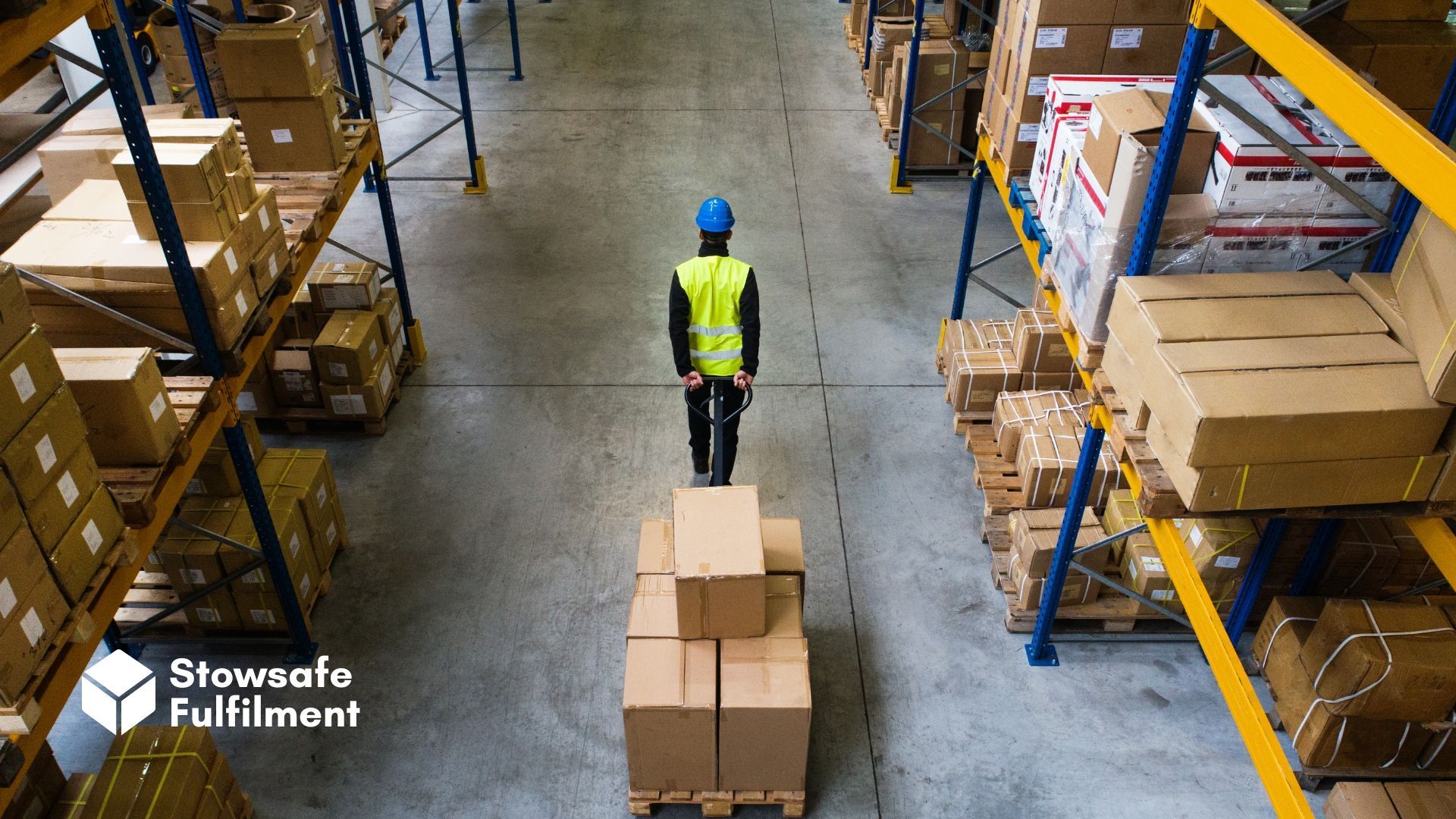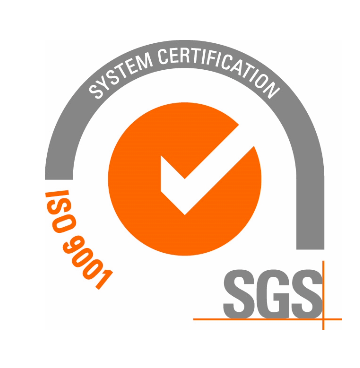Want total flexibility when it comes to order fulfilment? Learn whether hybrid fulfilment is the answer.

In eCommerce, efficiency and success are more or less synonymous.
If you've got a job to do, you need to find a way to do it quickly, economically and at scale. Otherwise, you risk lagging behind the competition and disappointing customers – who, let's not forget, expect things fast, cheap and with a smile.
This is no more true than in the complex sphere of order fulfilment. This is a world with many moving parts – and like a motorhead at her Maserati, you want to be able to tweak every cog and gear to deliver maximum performance.
Enter hybrid fulfilment: a flexible new fulfilment trend that allows for agile supply chain planning and granular cost management.
In short, hybrid fulfilment combines several fulfilment methods to create a tailored, goal-focused logistics strategy. If you know what you're doing, it can play to your business's strengths and help you unlock a serious competitive advantage.
But how does it work, exactly? And is hybridisation worth the hassle?
Let's find out.
How is hybrid fulfilment different?
If you've been in the eCommerce game long enough, you'll no doubt be familiar with the most popular fulfilment methods.
There's in-house fulfilment, for example, where you handle everything yourself – except, perhaps, last-mile delivery. And third-party fulfilment, where you outsource storage, packing and shipping to a trusted third-party logistics provider (3PL).
Then there's dropshipping: a hands-off fulfilment strategy that sees manufacturers dispatch products directly to customers. Dropshipping cuts out the middle man and trades oversight and quality control for unparalleled simplicity.
Traditionally, you'd pick one of these baskets and stick all your logistical eggs inside.
For instance, a one-person startup might choose dropshipping so they can focus their full attention on brand development. And a growing business might partner with a 3PL because it gives them the freedom to scale up without investing in staff, software and warehousing space.
Hybrid fulfilment says "no" to this status quo. Brands that adopt hybrid fulfilment are free to mix and match fulfilment strategies based on their needs, their goals and various external factors.
Hybrid fulfilment examples
Hybrid fulfilment can involve any combination of fulfilment methodologies.
For instance, a business might choose to handle most orders in-house but ask manufacturers to dropship certain low-ticket, high-turnover SKUs. This way, it can focus its quality control efforts (and spending) where it most matters.
Third-party fulfilment can be an indispensable component of a hybrid fulfilment strategy too.
Take this scenario, for instance: you want to expand your fulfilment capabilities but lack certain expertise among your workforce. You could, again, keep your primary fulfilment function in-house but ask an experienced 3PL to handle, say, international shipping or
subscription box fulfilment.
Or how about this? You, like most online retailers under the sun, want to improve last-mile delivery speeds. Rather than opening a new warehouse in some far-flung corner of the country, you could partner with a regional 3PL so you've got a faster route to remote addresses.

This 3PL effectively acts as a territorial wing of your business. It's not replacing your fulfilment strategy – it's simply augmenting it.
This is just the tip of the iceberg. Hybrid fulfilment is, by its nature, highly flexible – and highly bespoke. There are almost as many solutions as there are problems worth solving.
But it's not a cure-all – and it's not for everyone. As with any business strategy, you need to weigh up the pros and cons carefully before deciding whether it's a good fit for your brand.
Pros of hybrid fulfilment
- Flexibility: the headline benefit. You don't choose hybrid fulfilment because you fancy a change. You choose it because you want more flexibility, more agility and the chance to seize a competitive advantage.
- Resilience: in software engineering, redundancy is a good thing. The more "redundant" systems you have performing the same task, the more robust your system becomes. The same principle applies in hybrid fulfilment: if one arm of your logistics function falls off, you'll still have at least one plan B to fall back on.
- Economy: hybrid fulfilment allows businesses to scale quickly without coughing up a huge upfront investment. And if it's managed well, it can help you identify and unlock cost savings further down the line.
Cons of hybrid fulfilment
- Complexity: let's not beat around the bush – hybrid fulfilment is not for the faint of heart. It can leave you juggling multiple supply chain functions, each with its own systems, lead times and even languages. Without constant communication and strong management skills, the risk of failure is high.
- Loss of control: a function is only as effective as its individual parts. What if one arm of your hybrid fulfilment strategy isn't delivering the level of service you need? Or if that dropshipping partner takes two weeks to fulfil an order when you usually manage it in two days? If you don't keep them in check, then – shock horror – customers might notice.
Is hybrid fulfilment right for you?
Hybrid fulfilment can feel like a tangled web of trade-offs and contradictions.
It means taking on more risk in some areas but becoming more resilient in others. And it suits organisations who want a quick way to scale up – but it also means investing time and resources to make it work. If you're a growing business, these resources may be in short supply.
So, despite its flexibility, hybrid fulfilment is not a one-size-fits-all solution. But if you have a strong competitive streak and the manpower you need to wrangle multiple partners, it could be a fast-pass ticket to success.
How we can help
At Stowsafe Fulfilment, flexibility is our middle name.
Clients trust us because we work hard to tailor our
eCommerce fulfilment services to their needs. That includes things like offering bespoke packaging, creating kits, printing custom labels and providing a range of flexible storage options.
It also means getting on board with
your
strategy. So, if you want us to operate as part of your hybrid fulfilment function, we'll work closely with you to make it happen.
Get in touch with our fulfilment experts to get the ball rolling.
All Rights Reserved | Stowsafe Fulfilment




